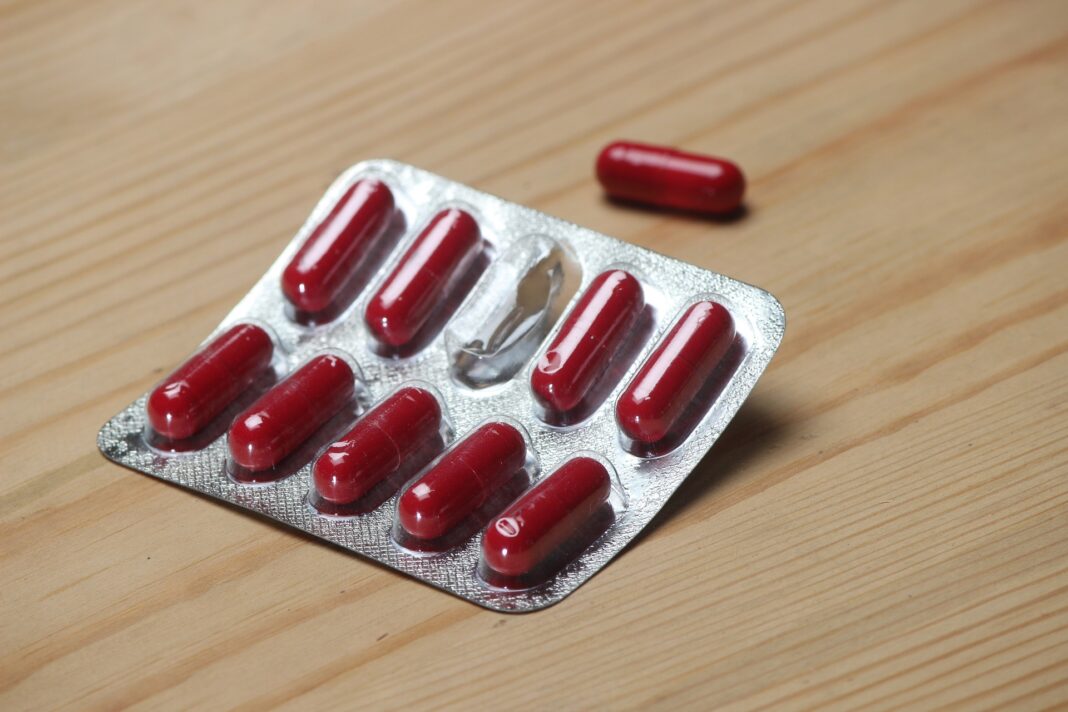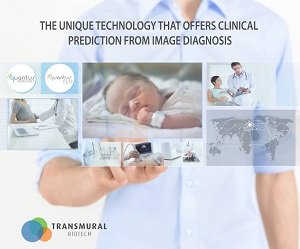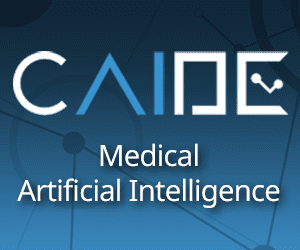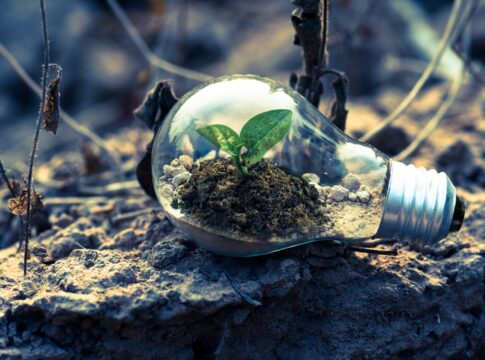The world has gone digitized, super swift, high tech, and a lot more advancement have been witnessed by the folks of the present era, but also we are in the lap of a number of health issues that are restricting folks to lead their healthy and happy life. Along with the growth in various general life aspects, health issues are also strengthened by some or other means. Earlier also our world was facing such medical issues but the intensity was comparatively lower than present scenario. Hence, the antibiotics and vaccines used in earlier life are now worthless. Now the present medical scenario demands better and stronger medical facilities and treatments. Biotechnology has got a solution for all these issues, as it offers the most advanced technologies for developing the most effective and harmless medical solutions. As compared to traditional times, now the ways of antibiotics production have been changed a lot and hence have got a number of better medical solutions.
Antibiotics production:
As the objective of antibiotics is to hinder the continuous growth of cells, hence cell immobilization is the key solution provided by microbiology to uncouple the growth of cells. For the production of antibiotics, secondary metabolism is one of the greatest methods offered by microbiology. For antibodies production, various immobilization techniques have been tried. The biggest challenge in front of the medical sector was a body part replacement. With the help of biotechnology, a new ray of hope has been discovered. Knee replacement, hip replacement, and hip revision surgery are the latest technologies which are responsible for bringing the medical sector to the peak of success.
Methods used for antibiotics development are natural fermentation, semi-synthetic, and synthetic. In the fermentation procedure, microorganisms are grown in large containers with a liquid growth medium with a precise amount of oxygen concentration, pH level, etc. In semi-synthetic procedure, the fermented metabolisms are then enhanced in the laboratory using various chemical reactions. Above mentioned both antibiotic production methods use bacteria but the synthetic method is completely developed in the lab using various chemical combinations.








